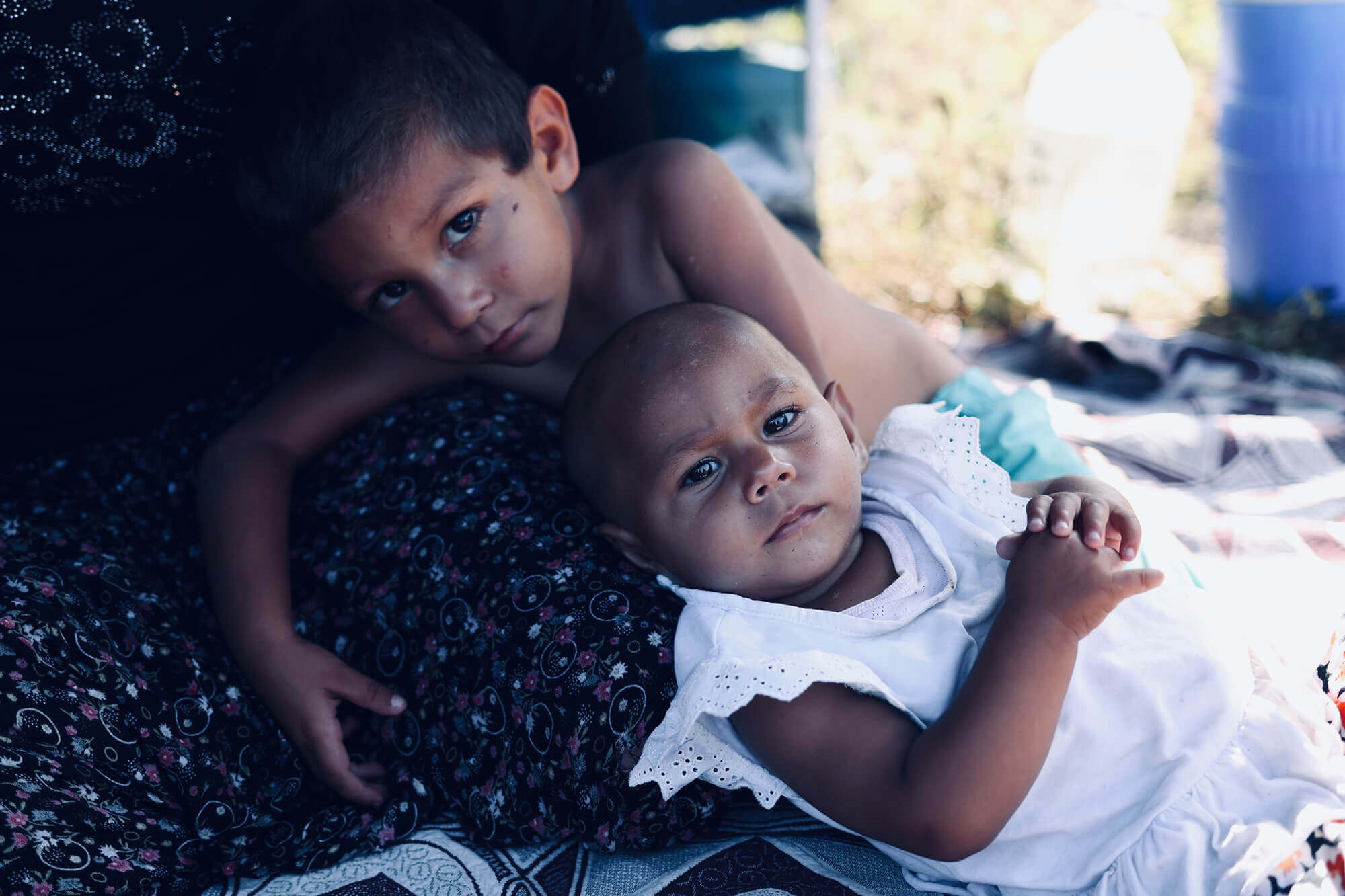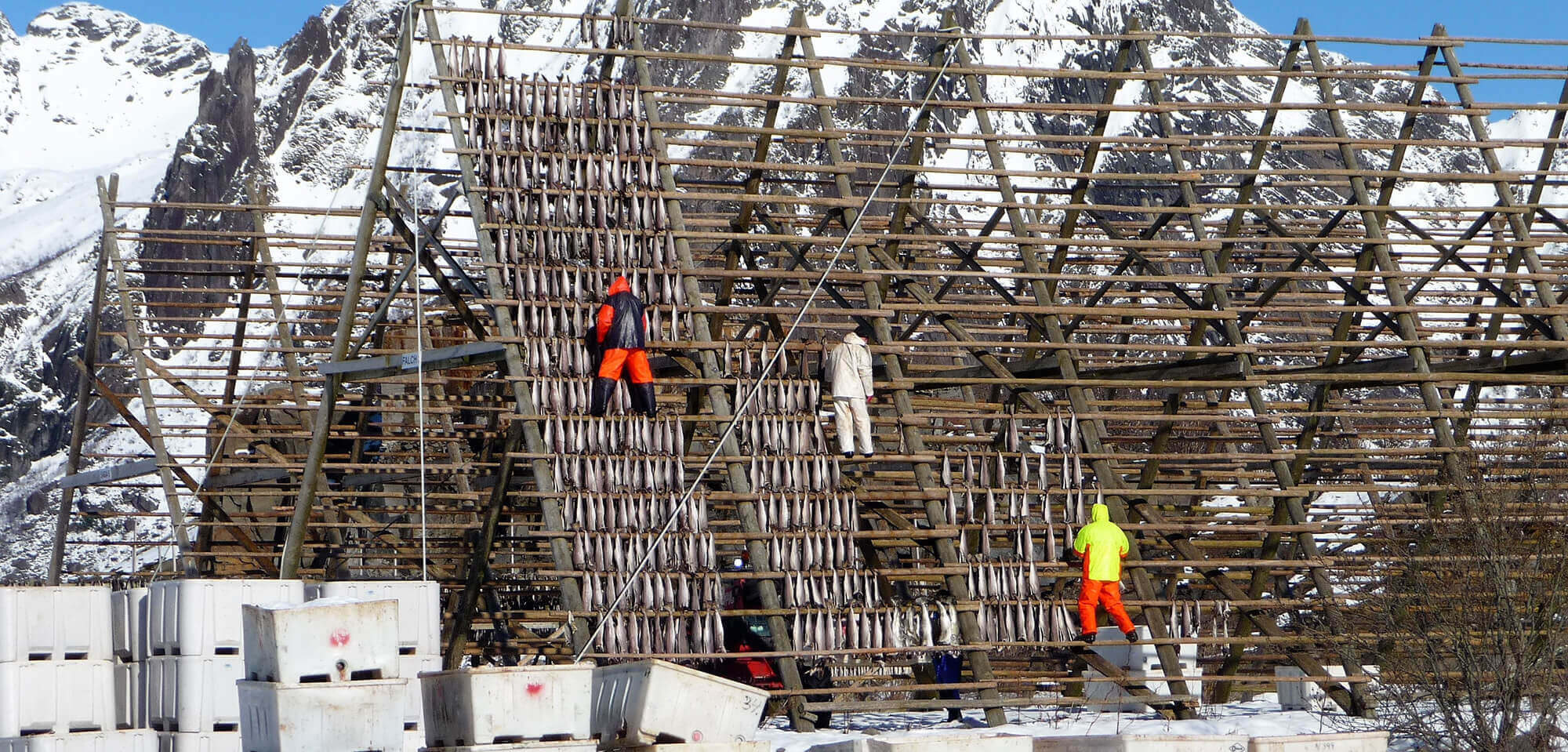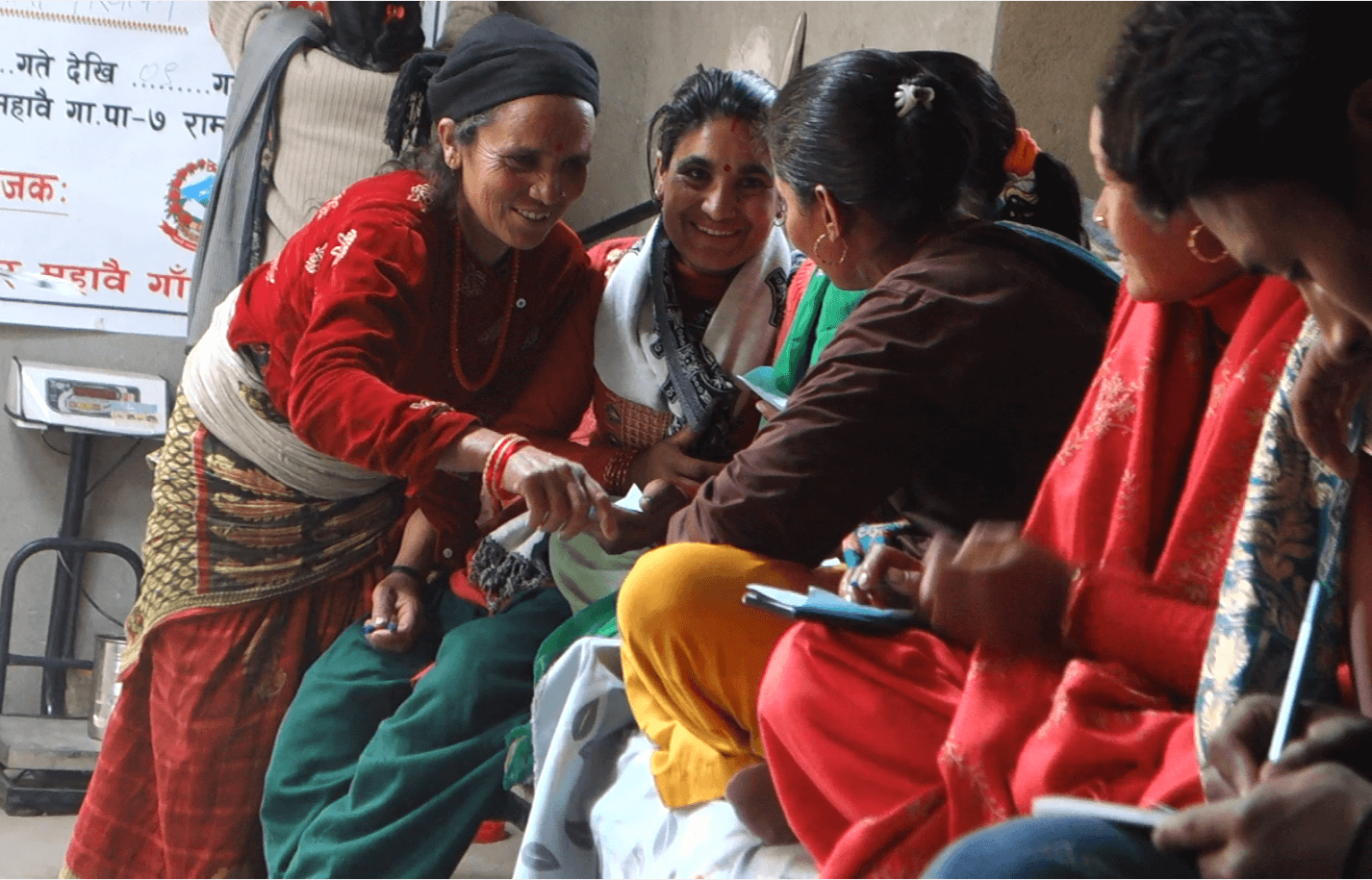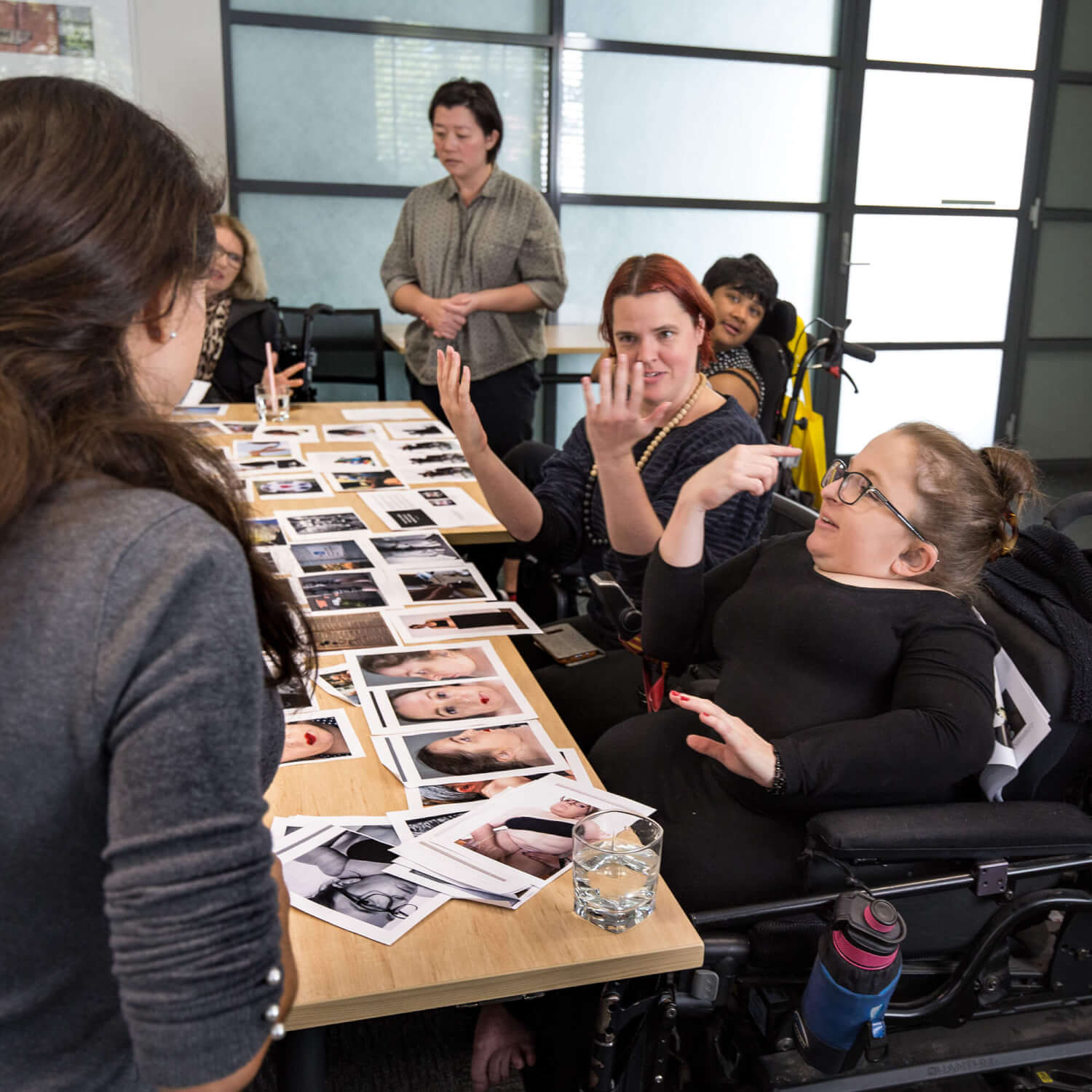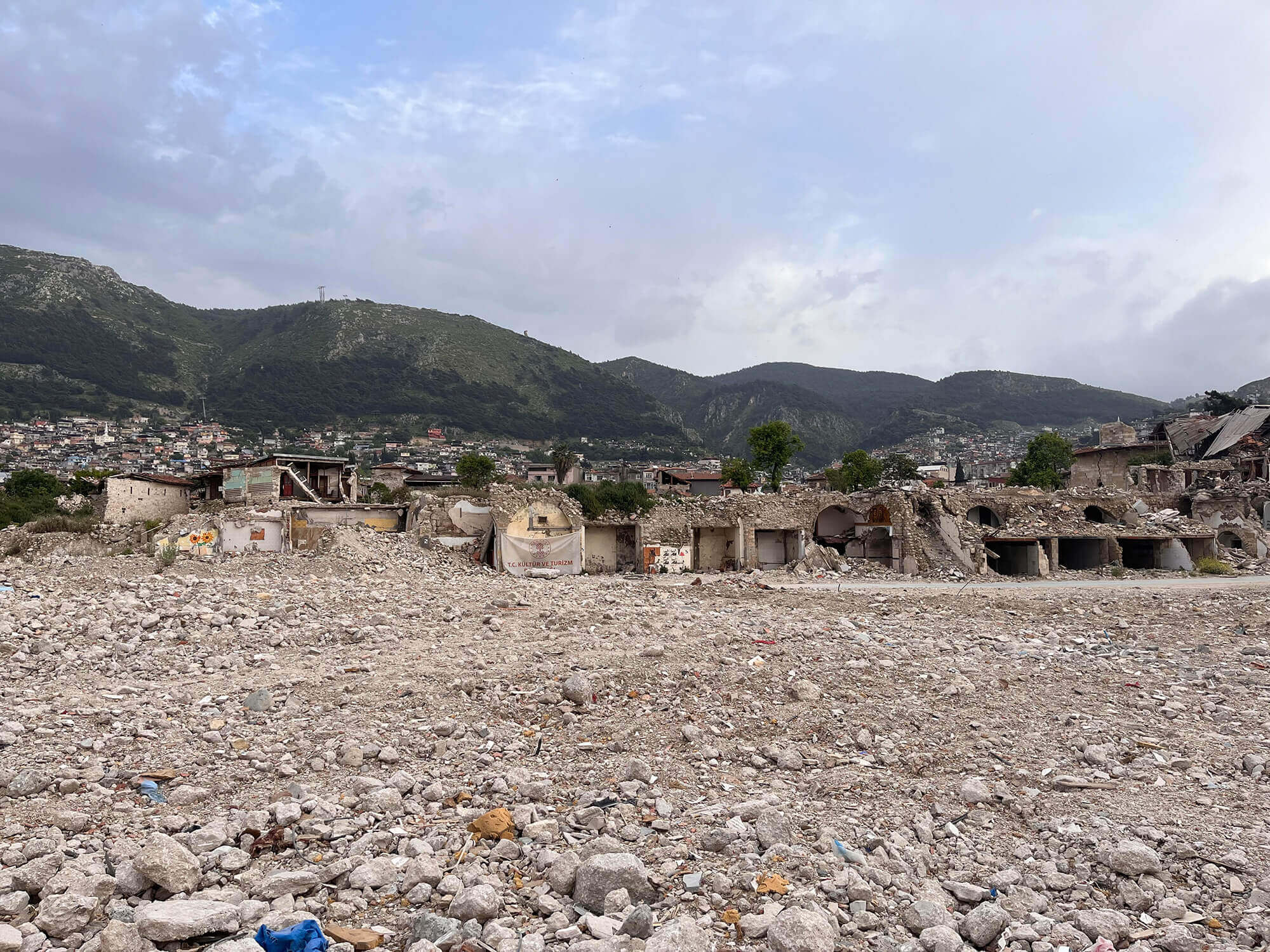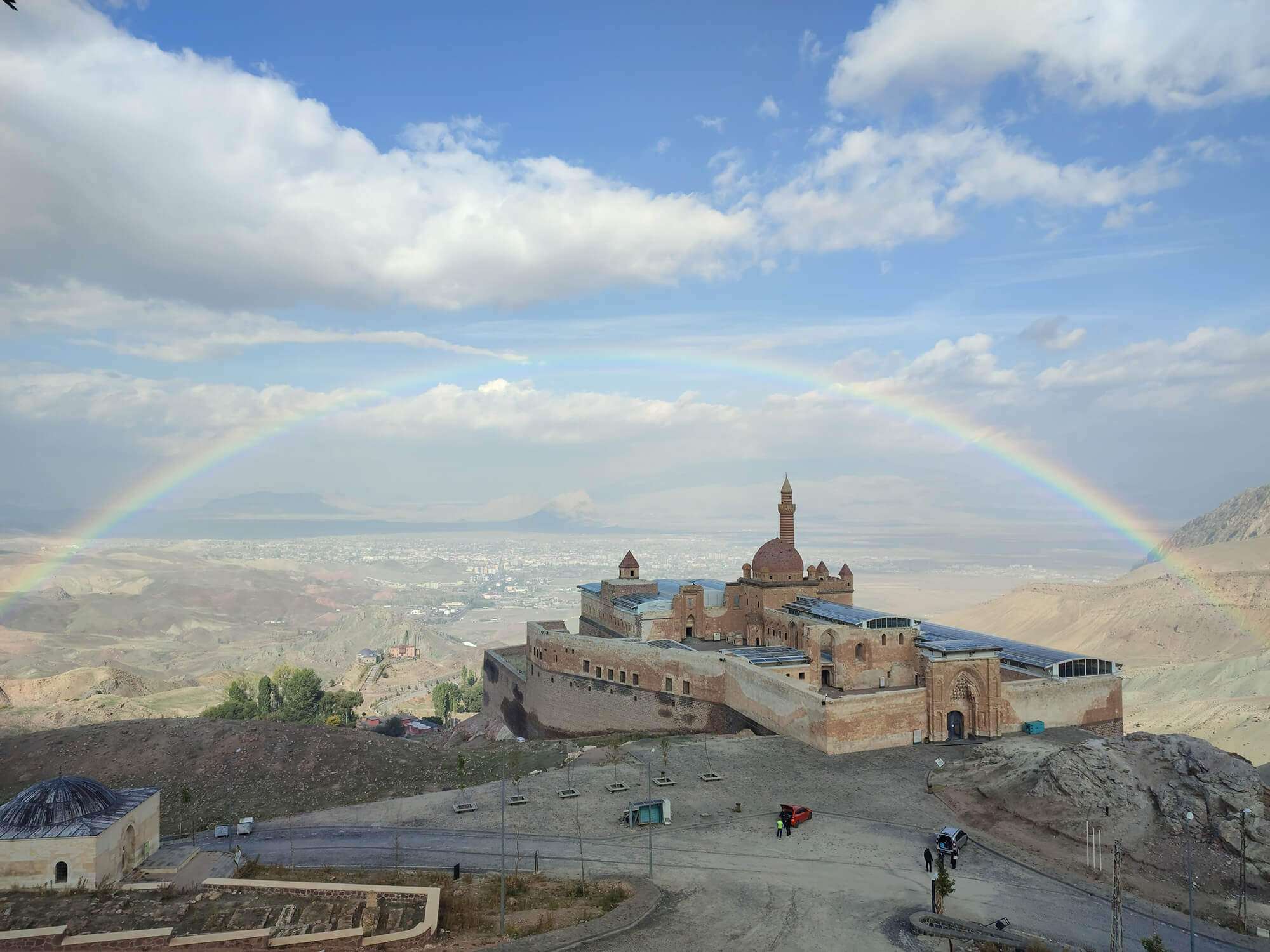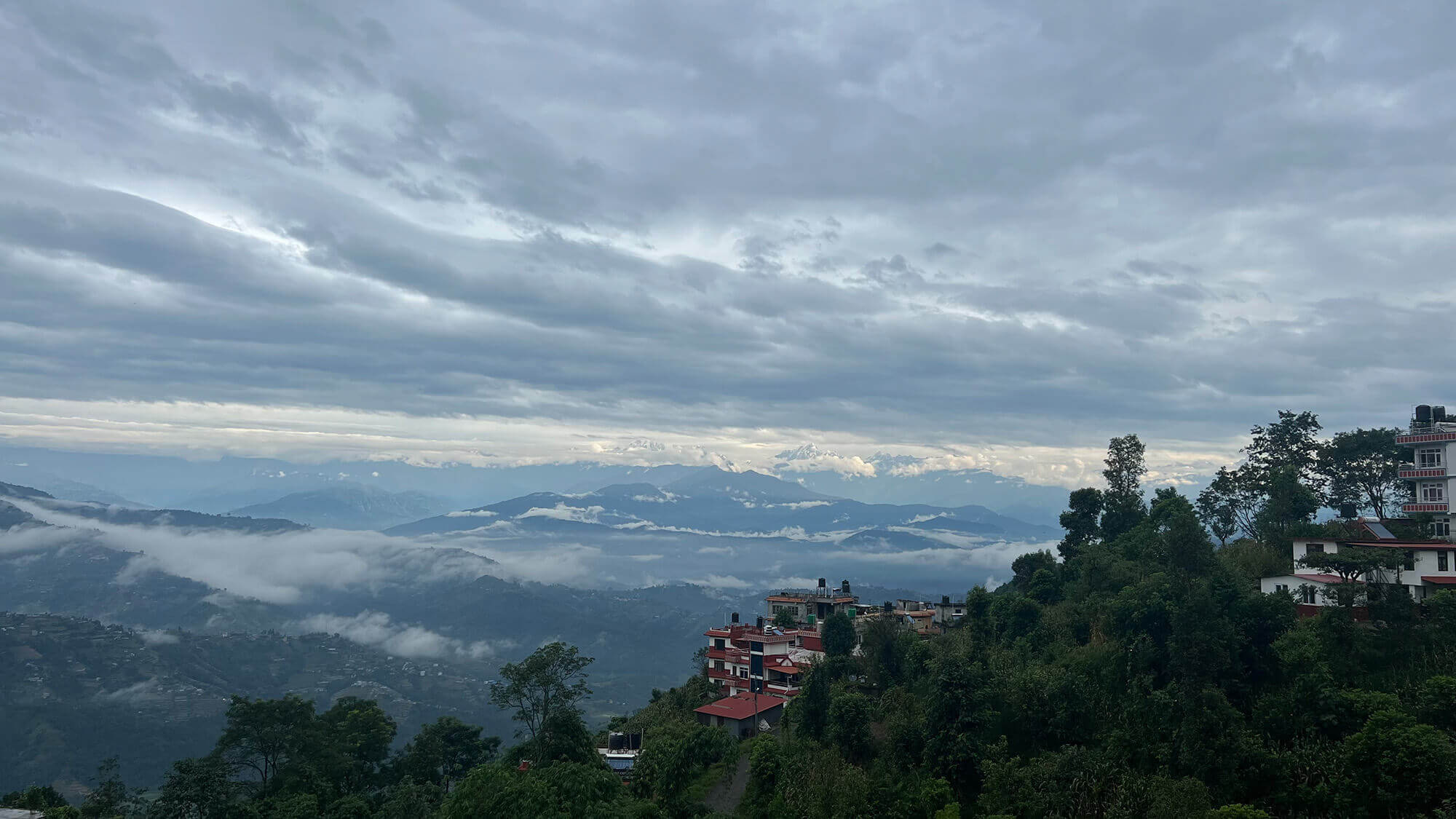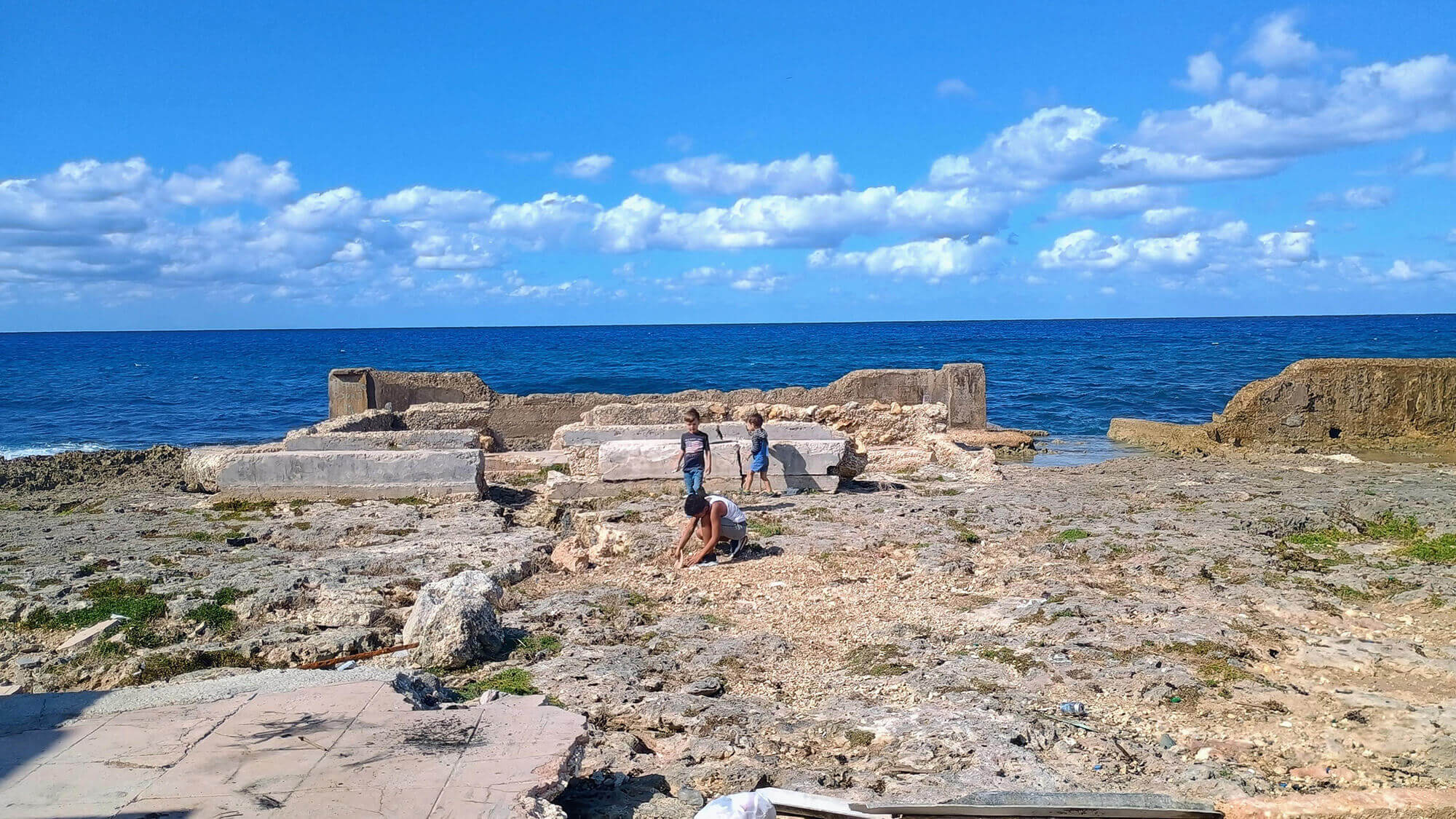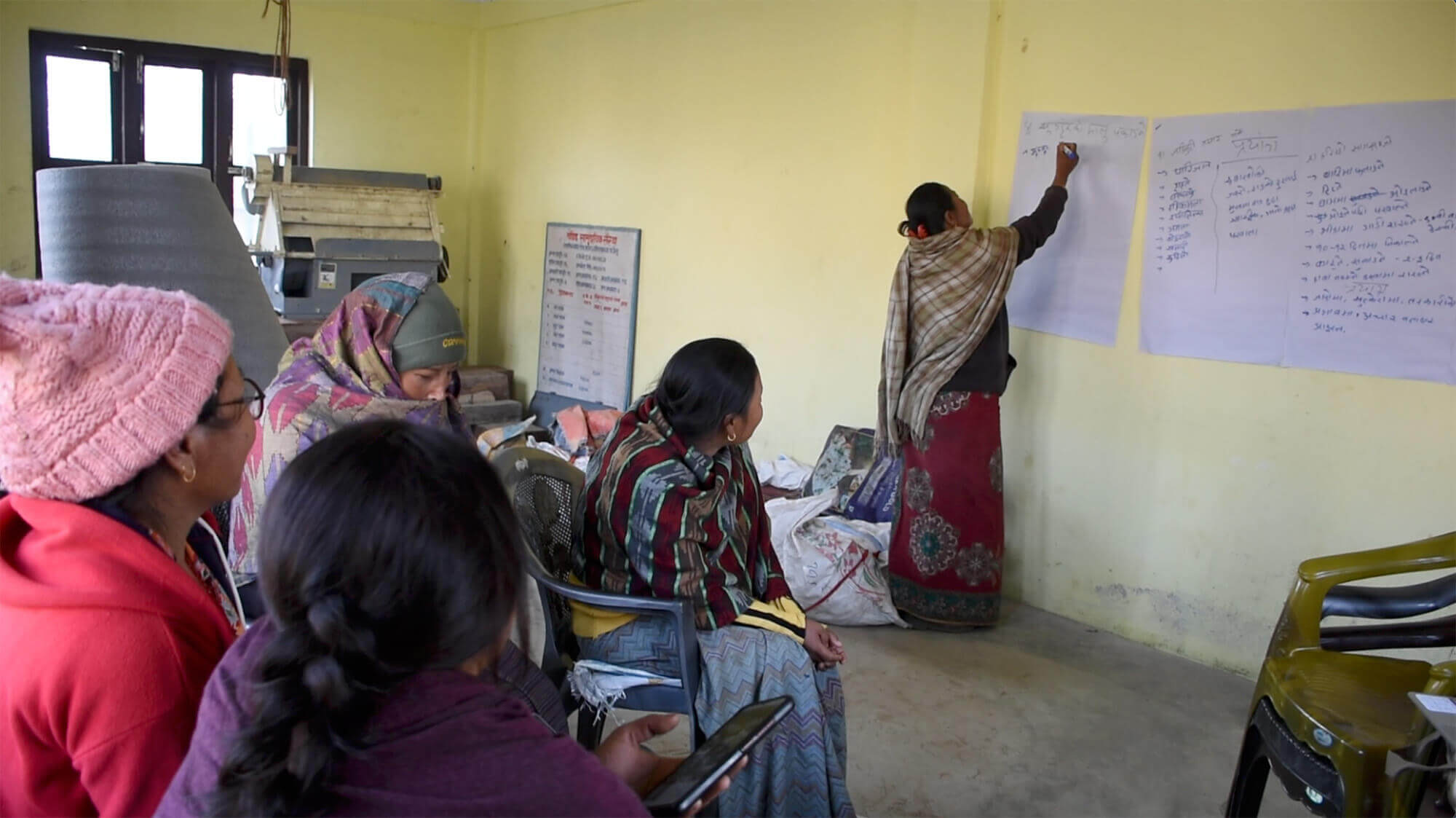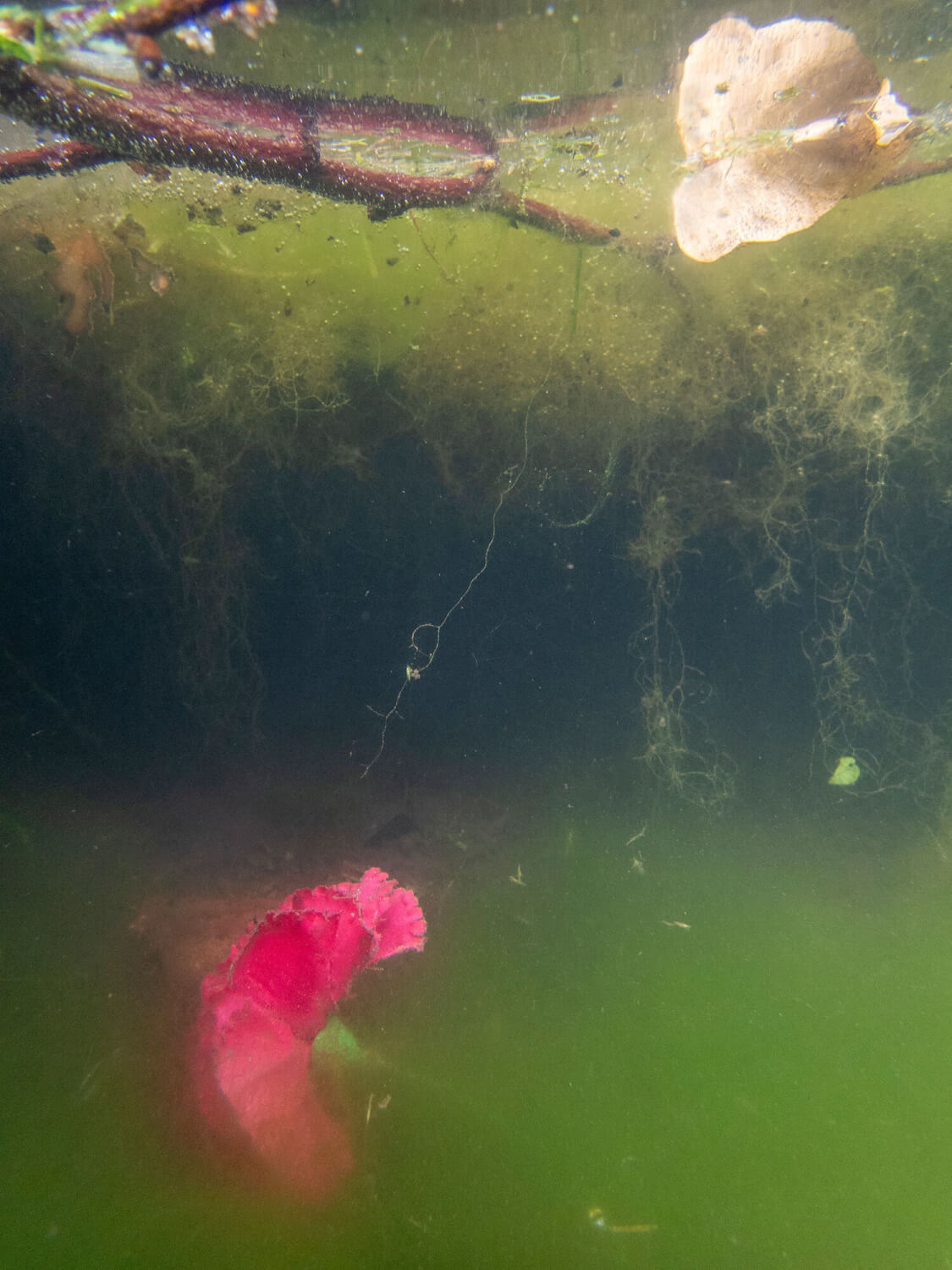This year’s subjects focused on various topics, including adaptations to climate change in regions ranging from Latin America and the Caribbean to Norway and discussions on health across different communities. We delved into many research topics, including the effects of the earthquake in Turkey and the use of self-portraits to foster social change, among others.
Thank you to everyone who participated. Your photos reveal perspectives we might not have seen before and help us understand how you utilized MAXQDA. Moreover, you inspire other researchers by sharing the world through your perspective. We truly appreciate your contributions.
Top 5 #PictureYourResearch Submissions
Resilience on the Road:
Children of Migrant Agricultural Workers
by Tuğba Kontaş Azaklı
What’s in the picture:
This photo was taken during fieldwork using the descriptive phenomenological method to examine the experiences of women and children from migrant agricultural worker families following the devastating earthquake in Turkey on February 6, 2023. Captured in a tent along their migration route, it reflects the resilience and daily struggles of children adapting to life on the move. This research project aims to shed light on these communities’ psychosocial challenges and lived experiences. It was conducted in collaboration with Dr. Mükerrem Kabataş Yıldız, Dr. Sema Sal, and photographer Şeref Akçay, whose contributions were invaluable.
What we like about it:
What we liked about this photo is its ability to capture children’s profound resilience and adaptability in adversity. It invites viewers to reflect on the untold stories of migrant families and emphasizes the importance of understanding and addressing their psychosocial experiences. The authenticity and emotional depth conveyed in the photo make it a powerful testament to the lived realities of these communities.
Stockfish Production in Lofoten
by Anna Lena Bercht
What’s in the picture:
This photo shows the process of hanging Northeast Arctic cod in Lofoten, Norway, to produce stockfish. Since Viking times, stockfish from Lofoten has been a central food and export product, vital for settlement and employment structures. However, the impacts of climate change now pose significant threats to cod fisheries, coastal culture, and identity. Anna Lena captured this photo in her research on the psychological barriers to climate adaptation. Through interviews with coastal fishers and stockfish producers, Anna Lena sought to gain insights into how climate change impacts their lives and how they adapt to its effects.
What we like about it:
This winning photo captures the age-old tradition of stockfish production in Lofoten, highlighting its cultural and economic significance. The impressive composition reflects the resilience of coastal communities and the challenges they face from climate change. Anna Lena’s work ties this practice to her research on adaptation, making the image visually captivating and deeply meaningful.
The impact of outmigration on women’s capabilities in Nepal
by Antonia Hoeg
What’s in the picture:
The photo was taken during a group discussion in Nepal focused on the Photovoice method as part of a community-based participatory study. Antonia, along with a local NGO, conducted a Photovoice study to analyze the impact of male outmigration on the well-being of non-migrating women.
What we like about it:
This photo captures a moment of shared connection and insight among women in Nepal, brought together to discuss their experiences through the Photovoice method. We were drawn to the image’s warmth and intimacy, reflecting the strength of community and collaboration. Antonia’s use of Photovoice to explore the impacts of male outmigration on non-migrating women’s well-being adds depth to the photo, turning it into a symbol of resilience and empowerment in the face of social challenges.
Human Stories Through Research
by Olabode Ekerin
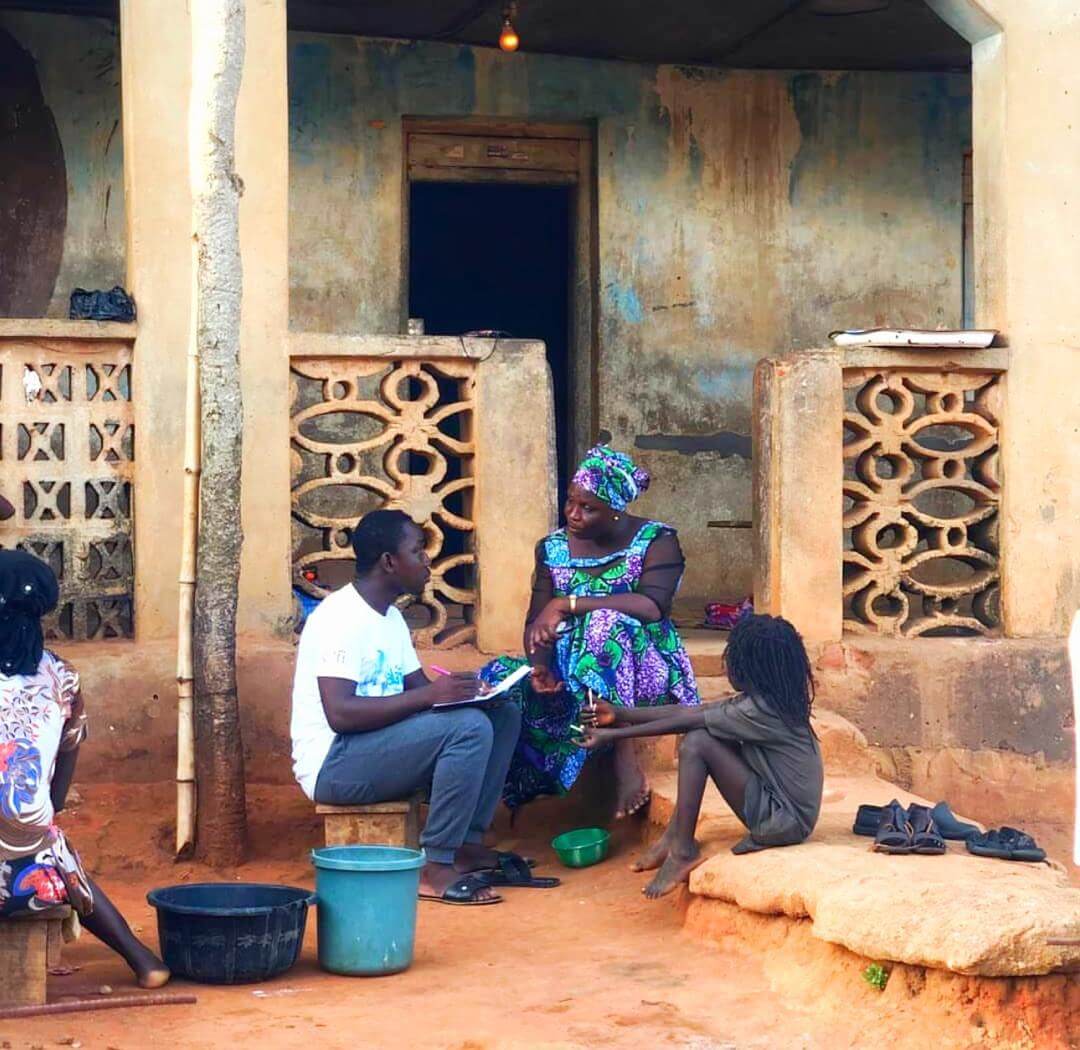 Agbowa Community in Ikorodu, Lagos State, Nigeria, 2019
Agbowa Community in Ikorodu, Lagos State, Nigeria, 2019
What’s in the picture:
This photo highlights a moment from Olabode’s qualitative research journey, conducting interviews in a rural community. It reflects the power of storytelling in understanding local perspectives and cultural nuances, which is essential for shaping effective interventions in global health.
What we like about it:
This photo captures the essence of storytelling in research, showcasing Olabode’s work in a rural community. The classic interview setup symbolizes the bridge between lived experiences and academic inquiry, emphasizing the importance of understanding local perspectives. We appreciated how the image conveys the human connection at the heart of qualitative research.
Plural valuation of nature in Barra do Mamanguape
by Carlos Isaza
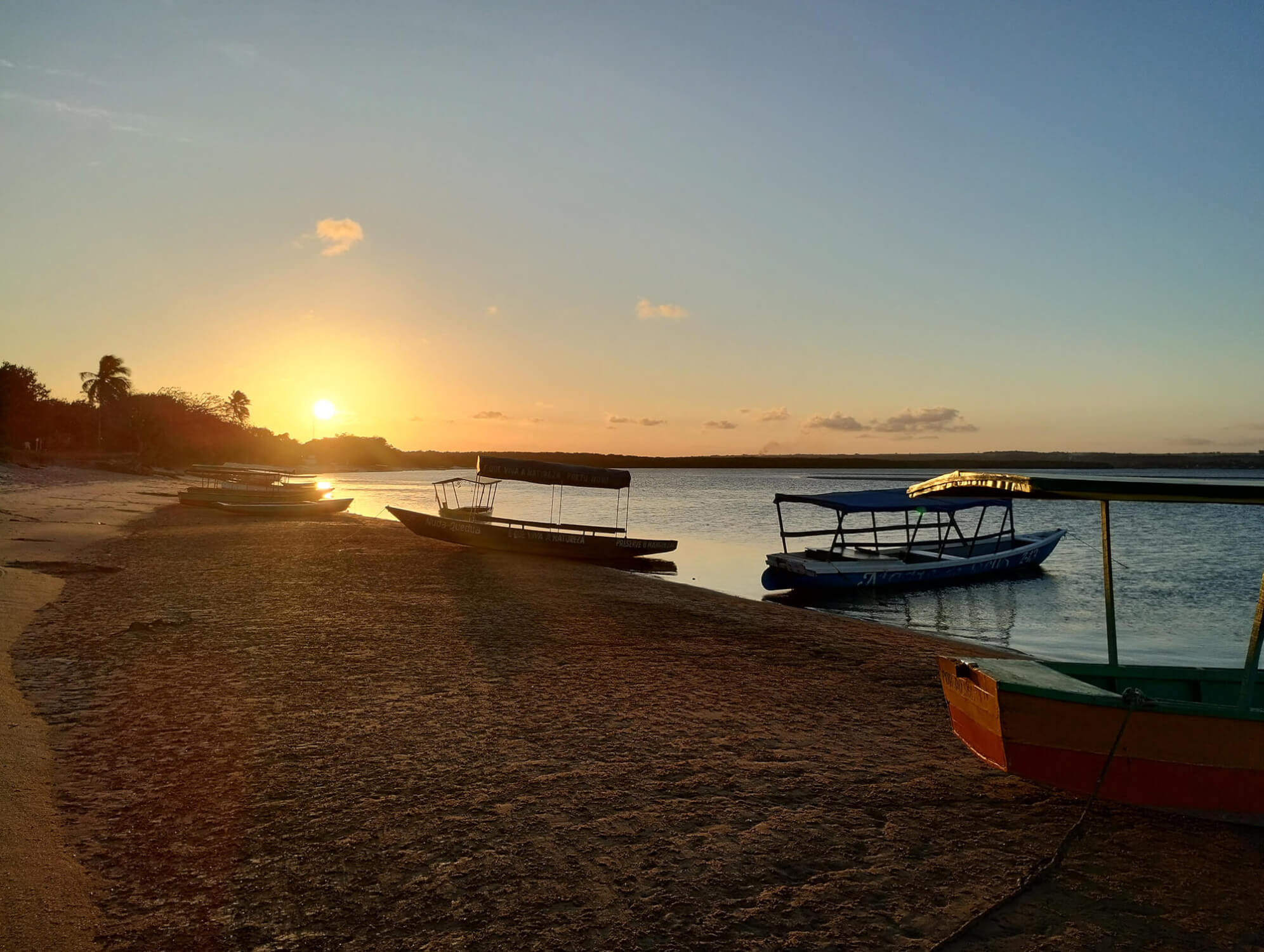 Barra do Mamanguape, Brazil, 2024
Barra do Mamanguape, Brazil, 2024
What’s in the picture:
Carlos’ research focuses on the plural valuation of nature, specifically exploring how traditional communities perceive and interact with their natural environments. He is working with indigenous Potiguara communities in Brazil, studying how their cultural practices, social relations, and identity are deeply connected to the landscapes they inhabit, such as mangroves, beaches, and fishing grounds. This photograph was taken during fieldwork in the Barra do Mamanguape area, capturing a moment that reflects the deep connection between local communities and their environment.
What we like about it:
At first glance, this photo of a beach with three boats resembles a classic vacation scene, but it holds a much deeper story. Taken during Carlos’ fieldwork, it encapsulates the profound connection between the Potiguara communities in Brazil and their natural environments. The simplicity of the scene belies the cultural practices and social ties intertwined with the mangroves, beaches, and fishing grounds. We were captivated by how the image invites viewers to reflect on the intricate relationship between people and the landscapes that shape their identity.
Honorable Mentions 2024:
In addition to the top 5 winners, the MAXQDA Photo Contest 2024 Selection Committee has chosen to honor an additional seven photographers for their excellent #PictureYourResearch submissions.
“Through my eyes: Self-portraits for social change” by Diane Macdonald
This photo depicts women photographers with disabilities beginning to select their final set of self-portraits for social change—to challenge how audiences view and respond to people with disabilities.
“Post-earthquake view of Saray Street, Antakya, Turkey” by Begüm Ardahanlıoğlu
This photo was taken on April 20, 2024, in Antakya (Hatay/Turkey). The city suffered major damage from the earthquake in Turkey on February 6, 2023. This photo is a post-earthquake view of Saray Street/Antakya, where the church, historic mansions, and shops used to be located.
“İshak Paşa Palace” by Burak Ili
The İshak Paşa Palace is located in the Doğubayazıt district of Ağrı. It is the region where Burak conducted interviews for his research project about medium fraud in Turkey. This picture shows that research can lead you to work in astonishingly beautiful places.
“Rural entrepreneurs in Dhulikhel, Kavra, Nepal” by Bijaya Gautam
This picture depicts the Himalayan Range, as seen from Dhulikhel in Nepal. It is where Bijaya’s research about the influence of generational wealth on entrepreneurship in the rural areas of Nepal took place.
“Lo que el mar no se ha llevado” by Ulsía Urrea Mariño
Santa Fé is a Fisher Community in La Habana, Cuba. It has been experiencing dramatic environmental changes, such as sea-level rise and loss of coral reef coverage. Nevertheless, fishers and their families have been resilient to those changes. In the picture, you can see some kids playing where formerly there was an outdoor volleyball court and houses that have been eroded through the years. Which future will Santa Fé people face in the light of climate change?
“Community literacy practices on food” by Devkota Kamal
This picture was taken during fieldwork on community literacy practices about food and nutrition in a Magar ethnic community in the central hill district of Nepal. The women in the photo are demonstrating a list of different Indigenous foods that they have been consuming for centuries and are sources of various nutrients.
“Creative Research” by Juliette Ludeker
Juliette is working on a PhD in creative research, incorporating her photographic practice. She made this image in Chalybeate Spring (a small cement pool fed by spring water) in Liverpool, England.
There’s More!
This year, as in previous years, every #MAXQDAPhotoContest participant was entered into a raffle to win a one-year MAXQDA Analytics Pro license. We are happy to announce that the raffle winner is Ulsía Urrea Mariño. Congratulations Ulsía! We wish you all the best on your research journey with MAXQDA!
Would you like to see some more submissions? You can find them on our Instagram, where you can search for submissions using the hashtag #PictureYourResearch.
Please do not be discouraged if you don’t find your picture above. We greatly appreciate your participation and hope you will submit another entry next year.

